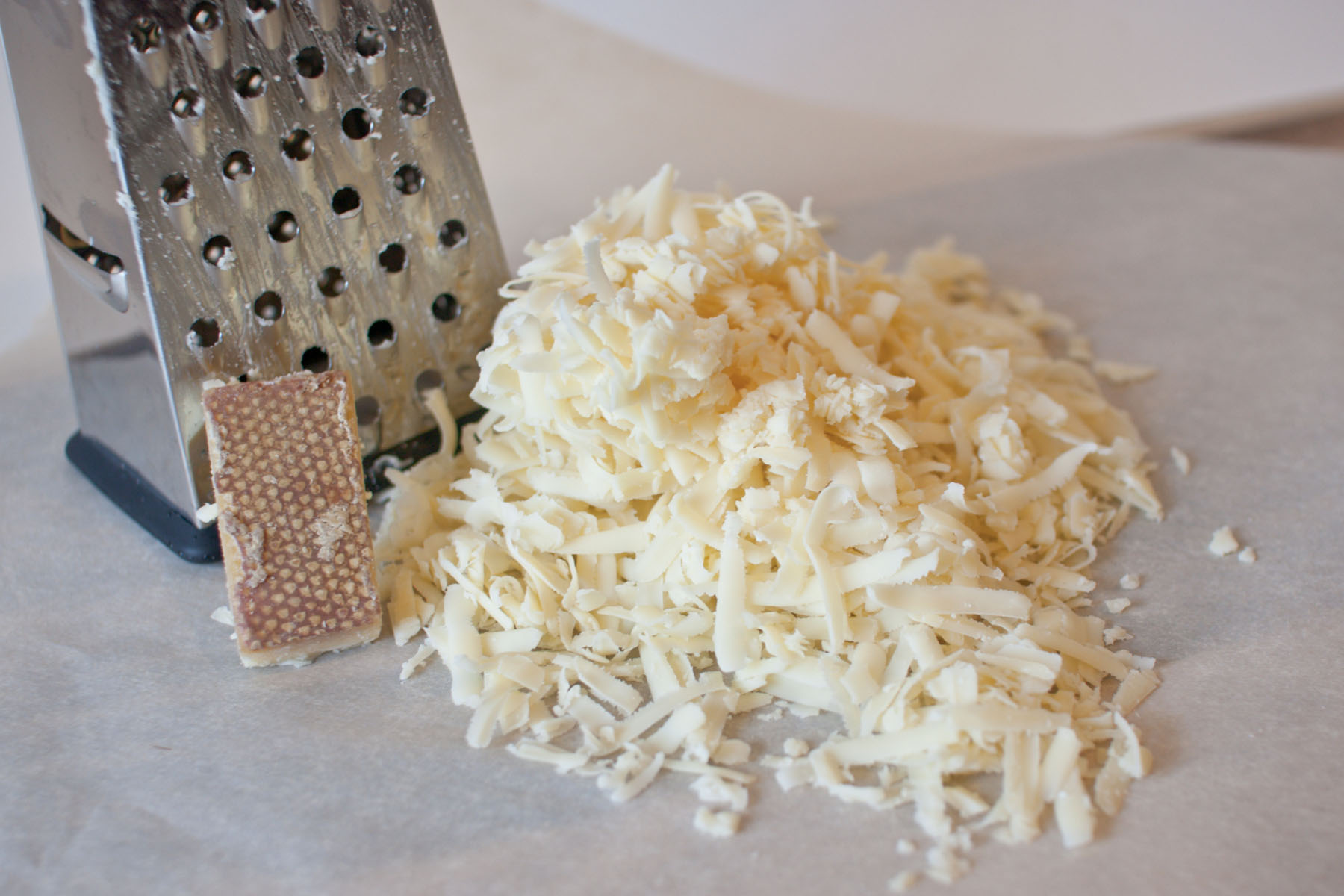It's not a minor issue, given the affection that US consumers have for hard Italian cheeses. Last year US Parmesan output rose 11% from the previous year to a hefty 336 million pounds. Romano production was even greater, 20% to an impressive 54 million pounds. Of all the popular cheeses in the US the hard Italian varieties are the most likely to have fillers because of their expense. Parmesan wheels sit in curing rooms for months, losing moisture, which results in a smaller yield than other cheeses offer. So while 100 pounds of milk might produce 10 pounds of cheddar, it makes only 8 pounds of Parmesan. That 2 pound difference means millions of dollars to manufacturers.
One CEO was recently quoted as saying, "We're constantly battling cheap imitators across all of our product lines." Competitors hawking bastardized products can undercut the price of the genuine article by as much as 30%.
It seems that the recent investigation at Castle Cheese has caught the attention of other cheese producers and retailers alike. Industry experts estimate that 20% of domestically produced may be mislabeled, largely due to fillers like cellulose (wood pulp).
It is an ongoing cause for concern by consumers like you and me. Especially when test results report that "no Parmesan cheese" was used in the manufacture of such familiar brands as Target Corporation's Pantry brand 100% grated Parmesan as well as Associated Wholesale Grocers Inc.'s Best Choice 100% Grated Parmesan Cheese.
Perhaps the only way to be sure is to purchase your own block of your favorite cheese and grate it yourself.

No comments:
Post a Comment